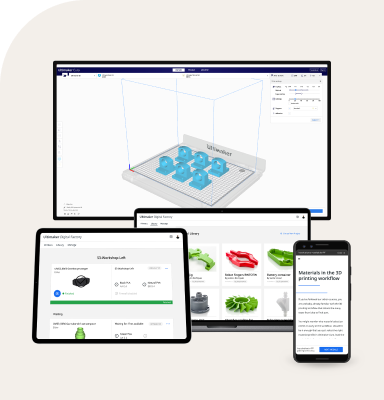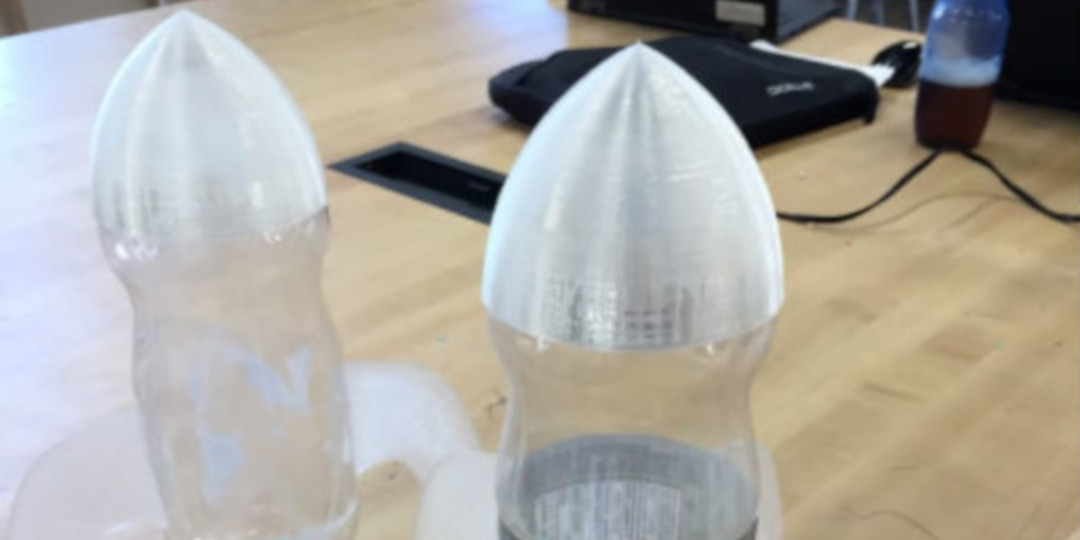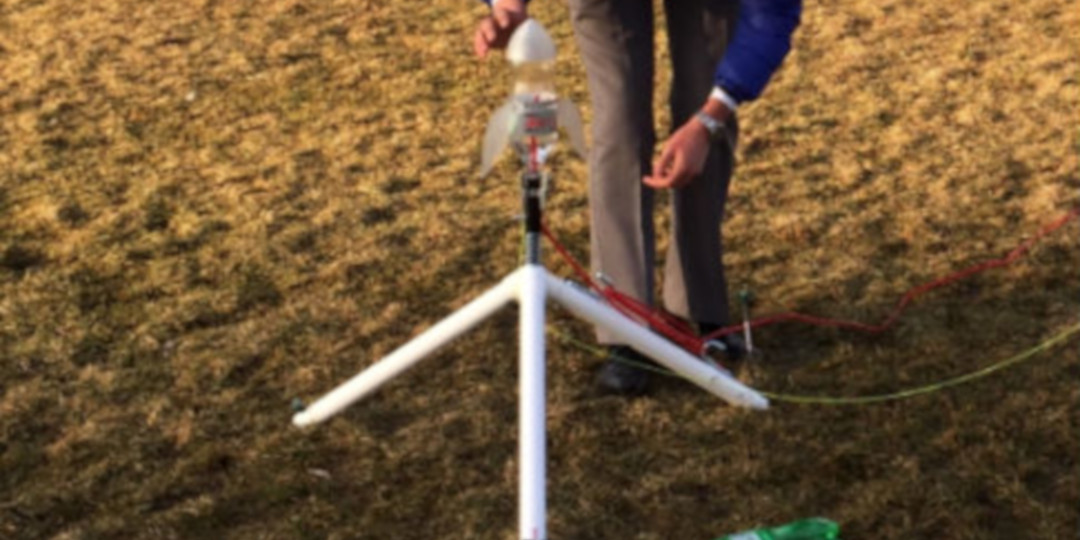My middle school First Lego League team was looking for something to do during the off season. We decided to give rocketry a go. As a kid, I launched a LOT of rockets and so have some of these kids. Our main obstacle was our location. We are in a city (Toronto) in a post-9/11 world, so chemical engine rockets are not possible (we checked everywhere). Lucky for us, water or air rockets are not as restricted. We also liked the idea of modding plastic bottles, giving them a second life as projectiles.
We gathered up some needed essentials and checked out the web for info. On the Pitsco site, they have a cool launcher which has a long airtube (25 feet) and a string system for pulling the valve at the bottom to launch the rocket. There are also a few DIY launchers, but we went with the built one. We found a few cool rocket part designs online and even did some basic shapes in Tinkercad. We did most of the editing in Cura, but also a few changes in Tinkercad after importing the model. These are the two best models we found:
We used the design from Thingiverse the most. We had to tinker a bit with the fins and the nosecone. They were created for a 1.5-litre bottle and we had 1 and 2-litre bottles. Also, I wanted the nosecone less pointy for obvious safety reasons. We iterated a bit each week. One of our biggest challenges is getting the fins to stick on the bottles. Crazy and Gorilla glue are very bad at connecting PLA plastic from the printed parts with the PET plastic of the soda bottles (though great for PLA to PLA). Hot glue is a bit better. We are trying a 3M Scotch-Weld next. Some of the kids are brainstorming cuffs for the bottle that we can attach the fins. This would also help us with the alignment of the fins which is another issue we have experienced. We are also figuring out a payload section to put a little camera. Also, parachutes!
Our launches are fun, sometimes triumphant, sometimes tragic. They are always a celebration of some sort. We lay out the launcher, unroll the tubing to a safe 25’ distance, put some water in the rockets, set it on the launcher, pump it up and then countdown. We are launching somewhere between 20-40 m (60-125 ft). They always go up so far. Coming down is a big variety of scenarios. Because of the plastic, nothing falls very quickly.

















